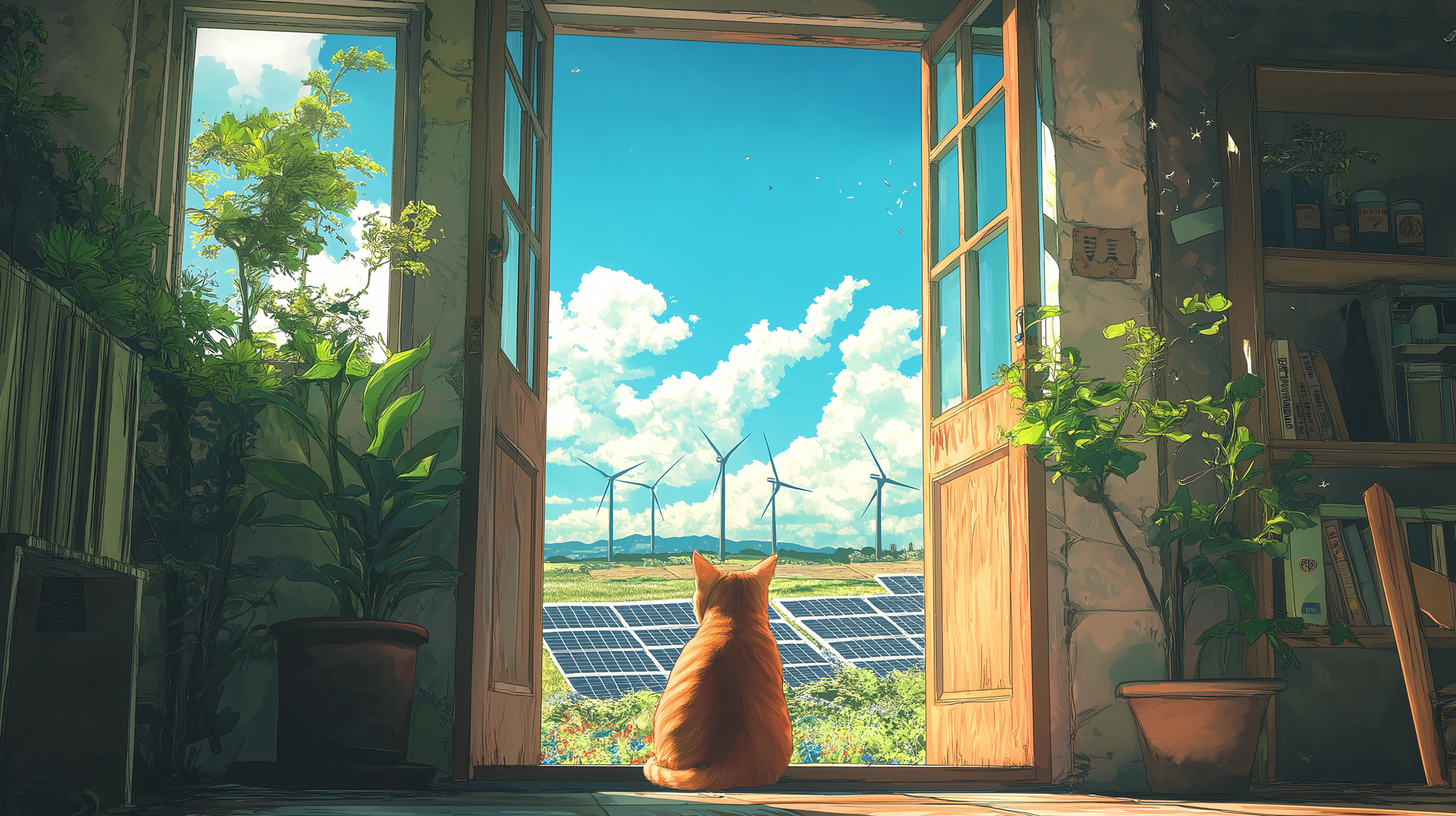Just ... maybe
Global renewable energy capacity continues to rise quickly.

The goal was based on an analysis by IRENA (the International Renewable Energy Agency) in their World Energy Transitions Outlook, which reasoned the planet would need 11 terawatts of alternative energy capacity by 2030 to avoid severe climate consequences (1.5 degrees of warming ... but that's another story).2
Forecasts like this are tremendously difficult to do well.
A huge number of environmental, technological, legal, and societal variables have to be rolled together to make a prediction. Forecasts often contain sensitive "tipping points", where small changes in interim conditions can lead to vastly different results.
Many things can make the outcome worse. For example:
- The forecast depended on tax incentives in the 2022 Inflation Reduction Act in the US. These incentives may not continue as long as needed ... but renewables are now cheaper than fossil fuel technologies on a level playing field, so natural market forces will tend to promote adoption. (A discussion of renewables and market forces will make, as they say, a whole 'nother article.)
But many things can make the forecast better, too:
- Perovskite solar panels,4 which are about 20% more effective than silicon solar panels, are just now coming on the market.
- China continues to overshoot predicted rates of renewables manufacturing and price reduction; in particular, China's solar panel manufacturing, which produces panels for China and for the world market overall, is overperforming.5
With a bit of luck and some persistence, we might just hit that 11 terawatts.
About Hope
If you look at the top of this web page, you'll notice "HOPE", a menu item that takes you to a series of short articles about victories in the climate fight. This is one of those articles.
People don't have a lot of time. They are inundated with negative news about the environment. While these negative news stories can communicate the seriousness of the situation, they can also convince people to believe that things are hopeless ... and they are not. So each little, digestible bit provides a peek into one tiny little thing that has gone right.
Don't think for a minute, though, that any of these issues are simple. Usually, a whole world of physics, chemistry, policy, and actions undergirds each of these stories. We encourage you to look more deeply, to investigate the references at the end of each article, to take advantage of each little positive window into a bigger, more complex situation.
See below for some reading suggestions.
Reading
- “COP28 Agreement Signals ‘Beginning of the End’ of the Fossil Fuel Era | UNFCCC.” Accessed March 1, 2025. https://unfccc.int/news/cop28-agreement-signals-beginning-of-the-end-of-the-fossil-fuel-era.
- “Tripling Renewable Power and Doubling Energy Efficiency by 2030: Crucial Steps towards 1.5°C.” Accessed March 1, 2025. https://www.irena.org/Digital-Report/Tripling-renewable-power-and-doubling-energy-efficiency-by-2030.
- IEA. “Renewables 2024 – Analysis,” October 9, 2024. https://www.iea.org/reports/renewables-2024.
- Luo, Chao, Feng Gao, Xianjin Wang, Changling Zhan, Xianchen Zhang, Guanhaojie Zheng, Xusheng Zhang, Xingyu Gao, Zhubing He, and Qing Zhao. “Eliminating Performance Loss from Perovskite Films to Solar Cells.” Science Advances 10, no. 39 (September 27, 2024): eadp0790. https://doi.org/10.1126/sciadv.adp0790.
- Ember. “A 34% Increase in China’s Solar Panel Exports Meets Growing Global Demand.” Accessed March 1, 2025. https://ember-energy.org/latest-updates/a-34-increase-in-chinas-solar-panel-exports-meets-growing-global-demand.
